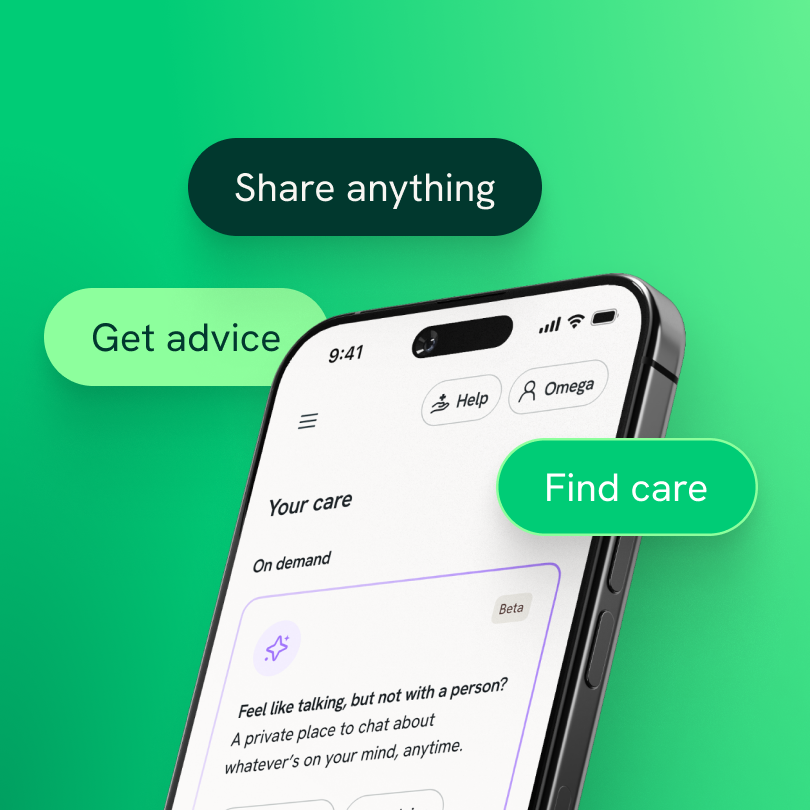Jump to section
Employers can no longer ignore the importance of mental health in the workplace, as employees continue to leave companies due to burnout and a lack of mental health awareness, resources, and support.
Plus, improving workplace wellness has a demonstrated return on investment and productivity. It will keep your workforce agile, and most importantly, help your employees feel valued.
Knowing how to begin this monumental task may feel challenging. By starting small, and prioritizing a mentally healthy HR department first, you can create the ripple effects that ultimately lead to a mentally healthier workplace for all.
Here are a few steps you can take to get started.
Set healthy boundaries within the workplace
Address inappropriate behavior immediately
Your department signals to the rest of the company how employees and team members should be treated. It's important to uphold a high standard of conduct within your team, and be clear about behavioral expectations.
Immediately investigate any reports of harassment or other inappropriate behavior within the workplace, and take these incidents seriously. This signals to the entire company that the health and safety of every employee is important.
It can also increase psychological safety, therefore reducing mental health concerns among any employees who are feeling unsafe.
Set an example with healthy work/life boundaries
More knowledge-based workers are putting in even longer hours since the pandemic, blurring the lines between work and home. Hourly paid workers have also suffered from extended hours and workforces stretched thin.
Extended work hours and the erosion of work/life boundaries consistently contributes to poor mental health and negative health outcomes like occupational injuries, hypertension, and depression.
Set an example within your HR department to honor and observe healthy work hours. For example, employees should not be expected to work on their days off or respond to emails outside office hours.
Creating these boundaries gives your team an opportunity to rest and recharge for the next day, and prevents burnout in the long run. As an HR leader, you can recommend these practices to the rest of your company as well.
Initiate difficult conversations with employees who may be struggling
If you notice poor work performance, a tendency toward conflict, difficulty concentrating, or other worrying behaviors within your team, take this opportunity to privately reach out to the employee and give them space to share if they are struggling.
Working in the COVID era has created additional stress for employees across the globe. If your team member does share their struggles, explore ways that you can help support them, including asking what they need.
This may include access to mental health resources, paid time off, medical leave, or taking non-essential tasks off their plate. This demonstrates that you care, and can increase their loyalty and the likelihood of retaining them.
Equip and enable mental wellness
Give paid time off to boost mental, emotional, and physical health
More than half of low-wage workers don't receive any paid time off. And many knowledge workers who do have PTO are often reluctant to take it due to implicit and explicit social pressures.
While some companies may feel like they're benefiting from more days of labor, this only contributes to burning out employees and increasing turnover. Make sure your People department's PTO policy allows enough time off for your team to stay mentally healthy, and even more importantly, encourage them to use it.
As an HR leader, model this by regularly taking time off yourself, to recharge and avoid burnout.
Provide access to mental health resources and professionals
Work to find benefits packages for your team and company that include the mental health benefits they are asking for and need. According to a recent Kaiser study, nearly 40% of employers updated their health plans in 2021 to expand access to mental health services.
Comprehensive healthcare and precision mental healthcare can give your employees the tools, resources, and support they need to manage mental health challenges, like depression, substance abuse, anxiety, and financial stress.
Spring Health has started offering therapy to children as young as six years old, and includes coaching as an option for parents. Getting creative with the ways you can help your employees will make a huge difference for both your team and the company at large.
Observe how your HR department's practices create a ripple effect
You have the opportunity to use your own team as a test pilot and see which mental health initiatives have the most impact.
Once you've implemented policies like encouraging time off, offering mental health support services, and creating a safe and healthy work environment, consider different ways to benchmark and measure the effects on employee happiness and productivity.
You can then use this information as a case study to bring to the entire company. When you set an example for a healthy and well-balanced workplace, other departments will follow.
Lead the charge
The importance of prioritizing mental health in the workplace is not something that will go away. In fact, employees are more likely to stay with an employer who offers mental health benefits and services.
By taking these first steps within your own HR department, you can lead the charge in retaining talent and increasing employee happiness for everyone at your organization.
Read this blog next to learn how to begin transforming burnout into the sustained enthusiasm you need to engage, support, and impact your employees.






